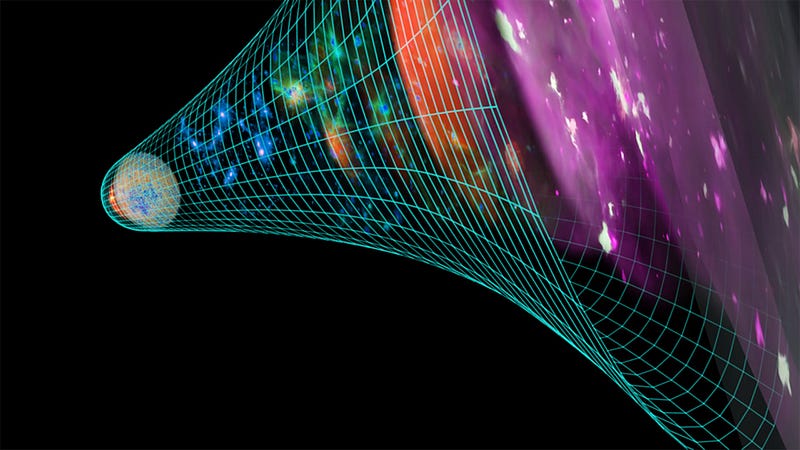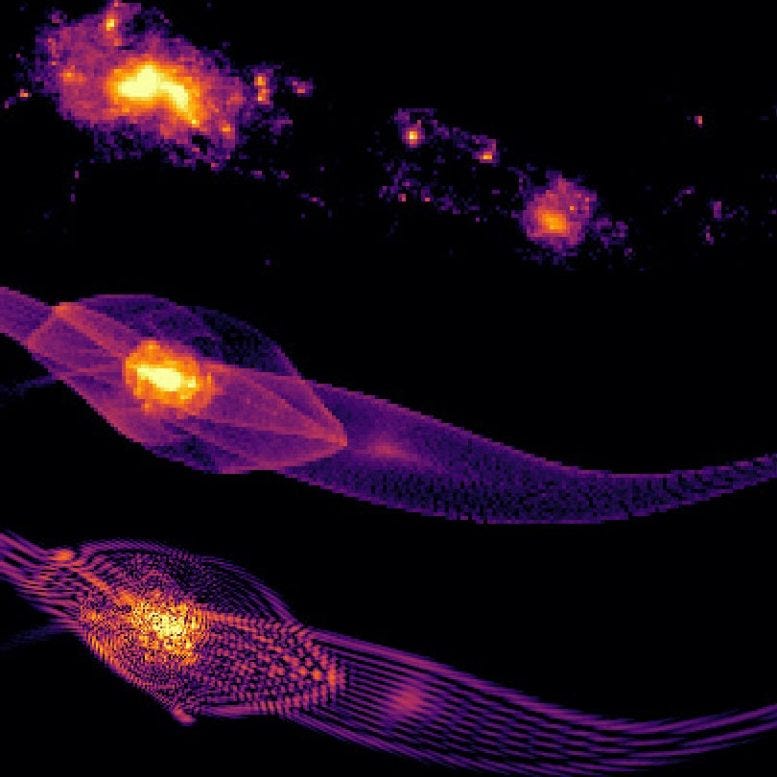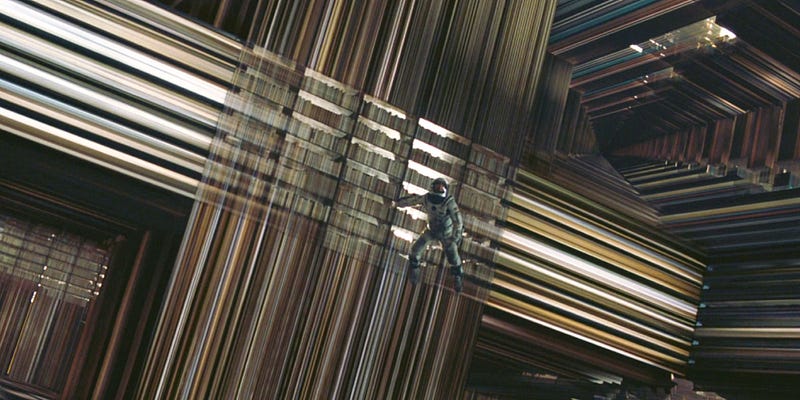Hypertime: Exploring Existence Beyond the Fourth Dimension
Written on
Chapter 1: The Quest for Freedom Beyond Time
Throughout history, humanity has sought freedom in various forms. Our exploration of the Earth vividly illustrates this journey. Initially, we were confined to the rugged terrain of Africa, struggling to carve a path forward. Early innovators constructed robust vessels to navigate the oceans, discovering the exotic fruits of distant islands. Remarkably, we have established ourselves in some of the most inhospitable environments — from the ashen slopes of volcanoes to frigid mountain ranges that only the hardiest can endure. This adventurous spirit persists as we look toward the cosmos, nurturing hopes of venturing beyond our home planet into the vast garden of the universe.
Despite this remarkable exploration, we remain tethered to an inescapable force — time. While we may journey to new worlds or bask in the light of different stars, our experience of time remains unaltered. Moments unfold in a relentless sequence, and many of life’s sorrows stem from our inability to rewind the clock. Memories may be cherished or avoided, yet they cannot be relived once they have passed.
In our search for a comprehensive understanding of physics, we encounter theories suggesting that time travel might be feasible or that we could exist outside of time altogether in a state referred to as hypertime. Additionally, it raises the intriguing question of whether time ever truly existed at all in the initial stages of our universe.

Chapter 2: Dimensions Beyond the Familiar
Theoretical frameworks attempting to unify quantum mechanics with general relativity often propose the existence of additional dimensions. For instance, M-theory suggests that beyond the four dimensions we experience — three spatial and one temporal — there could be six more dimensions. Current understanding sees us as beings operating in four dimensions, but string theory introduces the possibility of extra spatial dimensions that evolve similarly to geometric shapes.
However, it is equally plausible that these additional dimensions could represent time rather than space. Envisioning our single dimension of time as a linear path, we could imagine adding another dimension, transforming that line into a plane. Within this plane, one could potentially loop back to an earlier point, allowing for time travel in this hypertime framework.
The complexity of introducing extra temporal dimensions leads scientists to tread cautiously, as it raises issues regarding unitarity and causality, igniting debates about time-travel paradoxes and our subjective experience of time flow.
This video titled "Hypertime" delves deeper into the concept of existing outside conventional time and explores the implications of such a reality.
Section 2.1: The Potential of Extra Temporal Dimensions
Consider the introduction of a second temporal dimension, which might clarify the elusive nature of certain particles like axions, thought to resolve the strong CP problem in particle physics. Despite being elusive, these particles are believed to be potential components of dark matter.
Theoretical physicists exploring M-theory in the 1990s found that incorporating an additional spatial and temporal dimension produced an accurate mathematical representation of our universe and its fundamental forces. This approach could yield a model with a total of 13 dimensions — 11 spatial and 2 temporal. Such a framework might be crucial in bridging the gap between general relativity and quantum mechanics.
This video titled "DC Comics - Hypertime" presents a fictional exploration of hypertime, showcasing how different timelines and realities can coexist.
Section 2.2: A Newfound Freedom
In this dual-time reality, one could navigate back through the fluid currents of time, potentially encountering a younger version of oneself and sidestepping the tragedies that often accompany human existence. This introduces a profound notion of freedom. But what if we could transcend time entirely? Author Clifford Pickover introduces the concept of an "eternitygram," where every moment is preserved like frames in a film reel, forming a three-dimensional representation of hypertime.

The tesseract in "Interstellar" exemplifies this concept, where all moments — past, present, and future — coexist in a spatial form. Navigating within such a structure can be as challenging as locating a single blade of grass in a vast landscape of time.
Chapter 3: The No-Boundary Proposal
In 1983, Stephen Hawking and physicist J.B. Hartle introduced a groundbreaking theory proposing that if we trace time back far enough, it may never have existed. This "no-boundary" scenario seeks to explain what transpired before the Big Bang. As we delve deeper into the universe's origins, time transforms into a dimension of space, leading to a state where only spatial dimensions existed at the universe's inception.
As entropy increases, our perception of time appears to flow forward, yet at the universe's beginning, everything was so condensed that time effectively ceased to exist. It raises the notion that at the very edge of the cosmos, boundaries dissolve, and beginnings become ambiguous.

Despite initial skepticism, scientists have since connected the concepts of inflation and the no-boundary theory, leading to a universe that is expansive and ever-evolving. This model postulates that our universe emerged from an initial singularity and can accommodate vast stretches of cosmic inflation.
As we ponder our individual experiences of time, we realize it can be a tool for releasing the burdens of our past. While time carries both joyous and sorrowful memories, it also propels galaxies toward an eventual future devoid of life. Embracing the inevitable passage of time may be a reality we must learn to accept.
